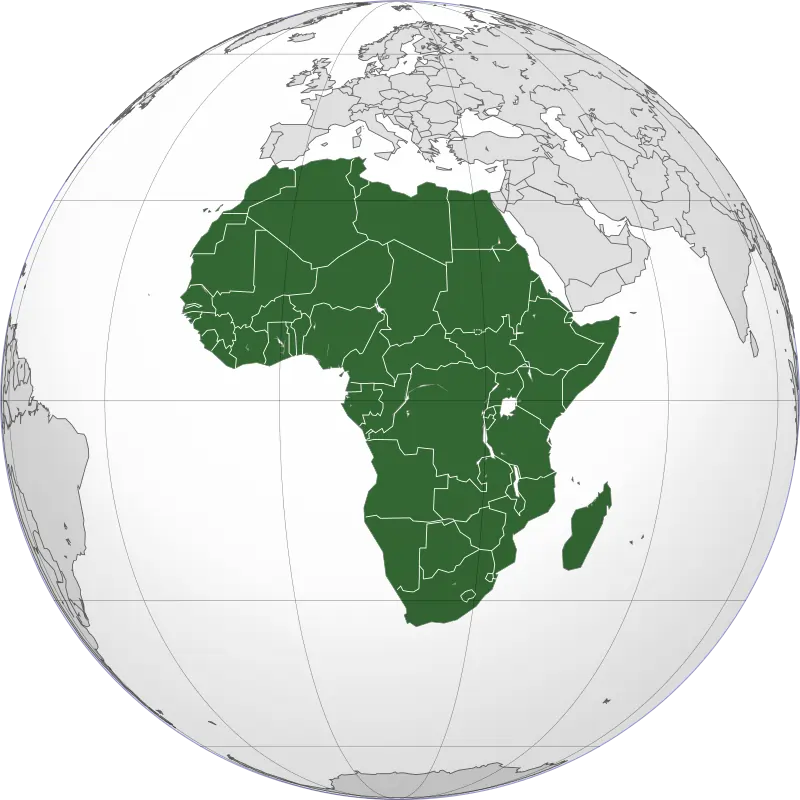Mergers and acquisitions (M&A) activity in Africa has seen notable changes over the past two decades, reflecting shifts in economic conditions, regulatory environments, and global investment trends.
Here are five examples of changes in the African M&A market comparing recent years to two decades ago:
-
Increased Intra-African Deals:
- Recent years have witnessed a rise in M&A activity within Africa itself, reflecting the continent’s growing economic integration and development of regional markets. Previously, many deals were predominantly with foreign investors. Today, African companies are increasingly acquiring or merging with other African firms, driven by factors such as regional expansion strategies, diversification, and access to new markets.
- In 2019, South African retailer Shoprite Holdings announced plans to sell its Nigerian operations to a group of investors led by property firm Persianas Investment Limited. This deal exemplifies the trend of intra-African transactions as South African companies seek to refocus their investments within the continent.
-
Diversification of Sectors:
- While traditional sectors such as natural resources (mining, oil, and gas) have historically dominated M&A activity in Africa, there has been a notable diversification across industries in recent years. This includes increased investment in sectors like telecommunications, technology, consumer goods, healthcare, and financial services. This diversification reflects both the maturation of African economies and changing consumer behaviors.
- In 2013, Bharti Airtel, an Indian telecommunications company, acquired Warid Telecom Uganda, expanding its presence in the African market beyond its traditional stronghold in South Asia. This acquisition reflects the diversification of sectors in African M&A, with increased investment in telecommunications.
-
Rise of Private Equity (PE) Investment:
- Over the past two decades, there has been a significant increase in private equity investment across Africa. PE firms are increasingly targeting opportunities in the continent, attracted by factors such as rapid urbanization, a burgeoning middle class, and improving regulatory environments. This rise in PE investment has contributed to the growth of M&A activity, particularly in sectors such as infrastructure, healthcare, and consumer goods.
- In 2018, Helios Towers, an African telecommunications tower infrastructure company, received a significant investment from a consortium of investors including Singapore’s sovereign wealth fund GIC and private equity firms Khazanah Nasional Berhad and the International Finance Corporation (IFC). This investment demonstrates the growing interest of private equity firms in African infrastructure assets.
-
Impact of Regulatory Reforms:
- Regulatory reforms aimed at improving the ease of doing business and attracting investment have had a significant impact on the M&A landscape in Africa. Many countries have implemented reforms to streamline bureaucratic processes, enhance investor protection, and liberalize sectors previously restricted to foreign ownership. These changes have facilitated greater cross-border investment and encouraged both domestic and international M&A activity.
- In 2019, the acquisition of Barclays Bank of Zimbabwe by Malawi-based First Merchant Bank (FMB) was completed, following regulatory approval. This deal illustrates the impact of regulatory reforms in facilitating cross-border M&A transactions within the African banking sector.
-
Growing Interest from Asian Investors:
- In recent years, there has been a noticeable increase in interest from Asian investors, particularly from countries such as China, India, and Japan, in African M&A opportunities. This trend contrasts with the dominance of Western investors in the African M&A market two decades ago. Asian investors are drawn to Africa’s natural resources, burgeoning consumer markets, and infrastructure development needs. Their entry into the market has added a new dynamic to M&A activity, bringing in capital, technology, and expertise from Asia.
- In 2012, China’s Sinopec Group acquired a 20% stake in the offshore gas fields of Mozambique from the American energy company Anadarko Petroleum Corporation. This deal highlights the growing interest of Asian investors, particularly Chinese firms, in Africa’s natural resources.
Overall, the African M&A market has evolved significantly over the past two decades, driven by factors such as economic growth, regulatory changes, and shifting global investment patterns. These changes have diversified the market, increased intra-African deal-making, and attracted interest from a broader range of investors, contributing to the continent’s economic development and integration into the global economy.
These examples showcase how various M&A deals and companies reflect the changes observed in the African M&A market, including intra-African transactions, sectoral diversification, increased private equity investment, regulatory reforms, and growing interest from Asian investors.

